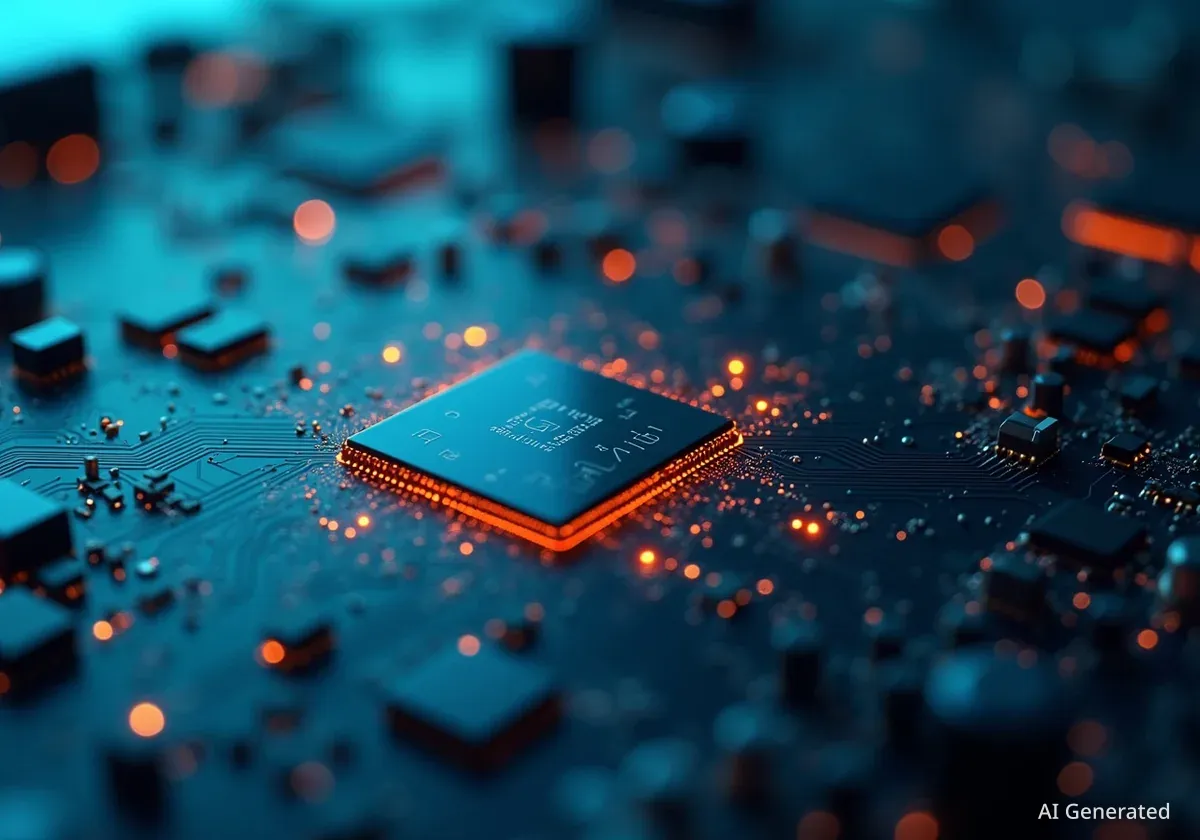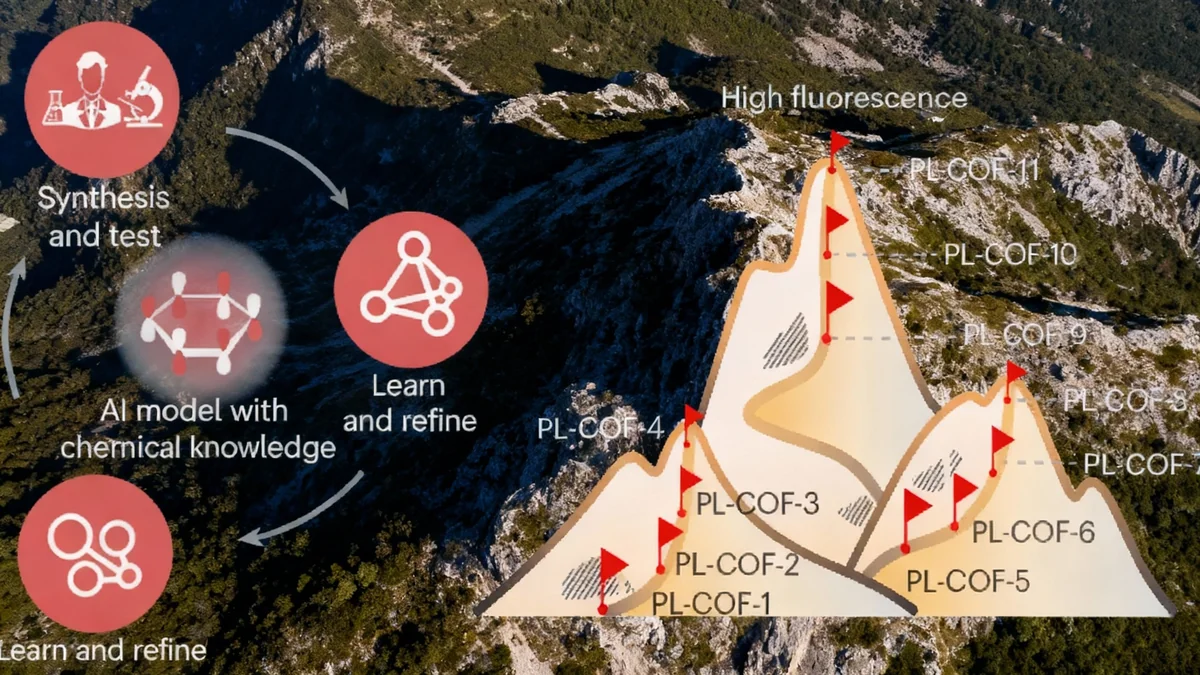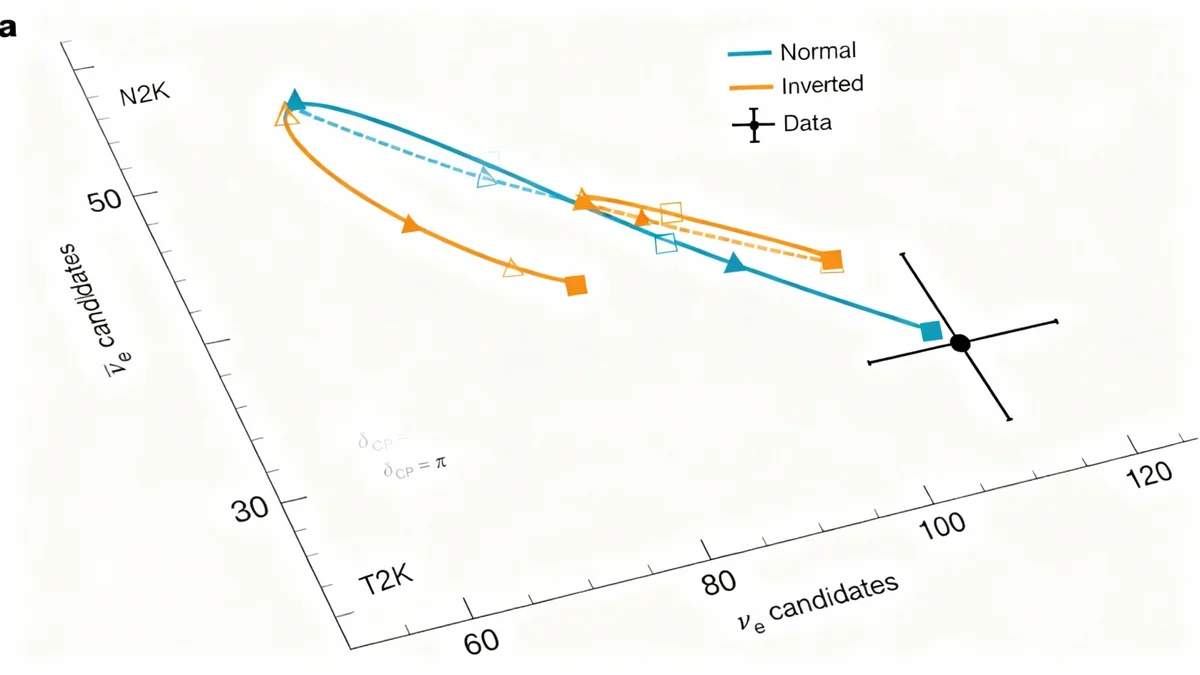Researchers have developed a new framework called the Interpolating Neural Network (INN), which combines principles from machine learning and established scientific interpolation theory. This new architecture demonstrates significant improvements in speed and efficiency, outperforming traditional AI models in complex engineering simulations while requiring substantially less computational power.
The model was introduced in a paper published in Nature Communications by a team of researchers from Northwestern University, Virginia Tech, and other institutions. INN is designed to address key challenges in computational science, such as low accuracy with limited data, poor scalability, and high energy costs associated with training large-scale AI.
Key Takeaways
- Researchers introduced the Interpolating Neural Network (INN), a new AI architecture combining machine learning with interpolation theory.
- INN significantly reduces computational cost and memory requirements compared to traditional models like MLPs and PINNs.
- In tests, INN was 5-8 orders of magnitude faster than competing models for simulating metal additive manufacturing processes.
- The framework can be applied to data training, solving complex equations (PDEs), and calibrating model parameters from experimental data.
Bridging Two Worlds of Computation
Modern computational science is increasingly shifting from traditional, rule-based programming to data-driven, AI-powered models. However, this transition has faced several obstacles. Machine learning models often require vast amounts of data to achieve high accuracy, struggle to scale for complex problems, and consume enormous amounts of energy for training.
The Interpolating Neural Network aims to solve these issues by merging the strengths of two different fields: deep neural networks (DNNs) and the finite element method (FEM), a cornerstone of engineering simulation for over 80 years. While DNNs are flexible function approximators, FEM excels at solving physics-based problems using interpolation functions on a discretized domain.
INN reinterprets the components of numerical analysis, like FEM, as trainable parameters within a neural network. This allows it to create models that are not only accurate but also more efficient and generalizable.
From Software 1.0 to 2.0
The move from explicit programming (Software 1.0) to neural network-based algorithms (Software 2.0) has transformed fields like natural language processing. However, applying this to engineering and science is challenging due to the need for high precision, scalability, and the ability to work with sparse data. INN represents a hybrid approach designed to overcome these specific hurdles.
How Interpolating Neural Networks Work
The INN framework operates through a three-step process that mirrors principles from classical numerical methods.
- Domain Discretization: The input domain (e.g., a physical space or a set of parameters) is broken down into smaller, non-overlapping segments defined by nodes. This is similar to creating a mesh in finite element analysis.
- Graph Construction: These nodes and segments are represented as a computational graph. The network then uses a process called "message passing" to construct interpolation functions for each node. These functions define how values are estimated between the known points.
- Optimization: The network's trainable parameters—the values and coordinates of the interpolation nodes—are optimized to minimize a given loss function, which can be based on training data or the residual of a physical equation.
Tensor Decomposition for Scalability
A key innovation of INN is its use of tensor decomposition (TD) to handle high-dimensional problems. When the input domain is structured as a regular grid, TD can dramatically reduce the number of trainable parameters.
Instead of a computational cost that grows exponentially with the number of input dimensions, TD allows the cost to grow linearly. This makes INN highly scalable and sustainable, capable of tackling problems that would be computationally prohibitive for standard neural networks or traditional solvers.
Exponential vs. Linear Scaling
For a problem with 'I' input dimensions, a full interpolation would have its parameters scale exponentially (J^I). With tensor decomposition methods like CP decomposition, the number of parameters scales linearly (M * L * ΣJ), making it feasible to solve problems with many more dimensions.
Demonstrated Performance Gains
The researchers conducted several benchmark tests to validate the performance of INNs against established models, including multi-layer perceptrons (MLPs) and physics-informed neural networks (PINNs).
Faster Training with Fewer Parameters
In a regression task with 10 inputs and 5 outputs, an INN model with 2,500 parameters converged to the target accuracy in just 19 epochs. A comparable MLP with 2,285 parameters required 253 epochs to reach the same accuracy. Even an MLP with nearly ten times the parameters (21,805) still took 45 epochs to converge.
This benchmark demonstrates that the INN trainer is lightweight and fast-converging compared to traditional MLPs, underlining the sustainability and scalability of INNs.
Predictable Accuracy in Solving Equations
When solving a 1D Poisson's equation, a standard benchmark for physics solvers, INNs demonstrated a clear and predictable convergence rate. This means that as the model's complexity increases, its error decreases at a known rate, a critical feature for engineering applications where guaranteed accuracy is necessary. In contrast, the PINN model tested did not show a stable convergence behavior.
Application in Additive Manufacturing
To showcase its real-world potential, the INN framework was applied to the complex process of Laser Powder Bed Fusion (L-PBF), a type of metal 3D printing. This process involves a massive design space and requires high-fidelity simulations that are often too slow for practical use.
Real-Time Process Control
The team developed an INN-based surrogate model to predict and control the temperature of the molten metal pool during printing in real-time. The INN model was 18 to 31 times faster to train than an MLP and used 82% fewer parameters to achieve the same level of accuracy. This efficiency makes it suitable for online control systems in advanced manufacturing.
Solving High-Dimensional Problems
The most significant demonstration was solving a complex heat transfer equation for a 10 mm laser scan. This problem involved 8 input dimensions (3D space, 4 parameters, and time). The INN solver constructed an accurate surrogate model in under 15 minutes on a single GPU.
According to the study, traditional data-driven approaches using methods like the Finite Difference Method (FDM) or Variational Multiscale Method (VMS) would be intractable. The researchers estimated that INN is 5 to 8 orders of magnitude faster than these competing approaches for generating the necessary simulation data, while also requiring significantly less data storage.
A New Direction for Simulation
For a part-scale additive manufacturing simulation, the INN solver required only 0.2 GB of storage and 15 minutes of computation. A traditional data-driven approach was estimated to require over 100,000 GB of storage and take more than 100,000 years of computation time on the same hardware.
Future Directions and Implications
The development of Interpolating Neural Networks opens up several new avenues for research and application. By grounding machine learning in the proven principles of interpolation theory, INNs offer a path toward more reliable, efficient, and interpretable AI for science and engineering.
Future work will explore the model's performance on problems with high uncertainty, investigate its interpretability, and extend its capabilities to multi-scale analysis. The researchers also plan to optimize the code for multi-GPU systems to further accelerate performance.
This hybrid approach may provide a sustainable alternative to the ever-growing computational and energy demands of large-scale AI models, enabling solutions to previously unsolvable problems in fields ranging from materials science to computational fluid dynamics.





